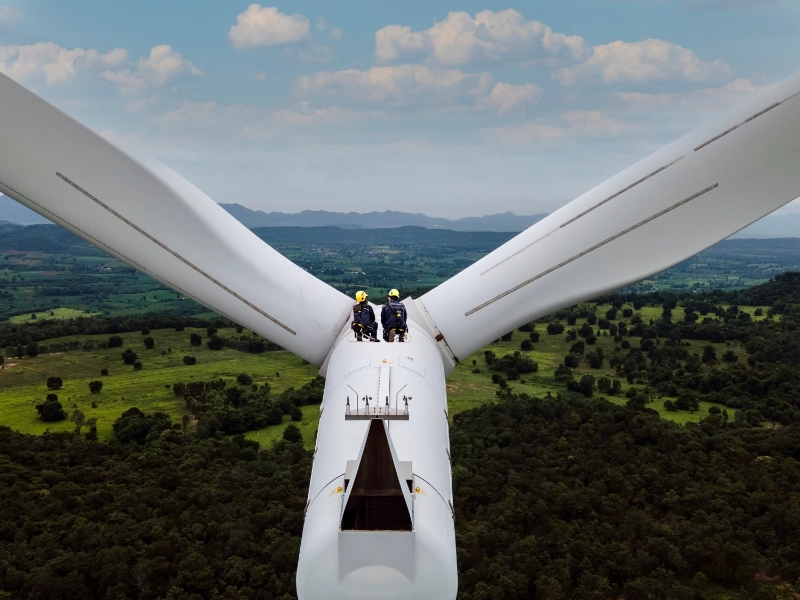Atradius Atrium
Sie erhalten direkten Zugriff auf Ihre Vertragsinformationen, Tools zur Beantragung von Kreditlimits und Einblicke.
Beliebte Suchbegriffe
 Schweiz
Schweiz

Behalten Sie Risiken und Chancen im Blick. Unsere Expert:innen analysieren Märkte in mehr als 40 Ländern, aus denen Sie die richtigen Schlüsse für Ihr Unternehmen ziehen können. Darunter Marktentwicklungen, Wirtschaftstrends, geopolitische Rsisiken, Prognosen und einzigartige Empfehlungen rund um Ihr Risk Management.
Wir empfehlen die Lektüre allen Wirtschaftsinteressierten, Risk Managern, CFOs und dem Vertrieb.





Haben Sie Fragen?